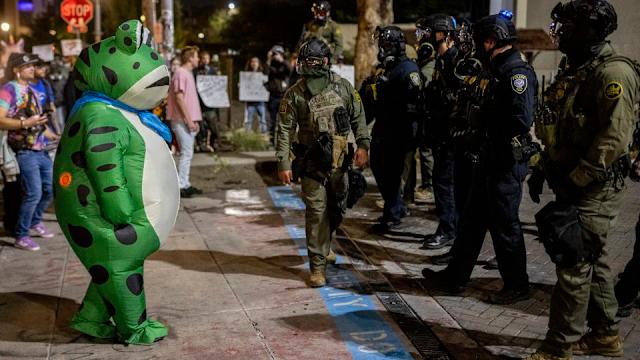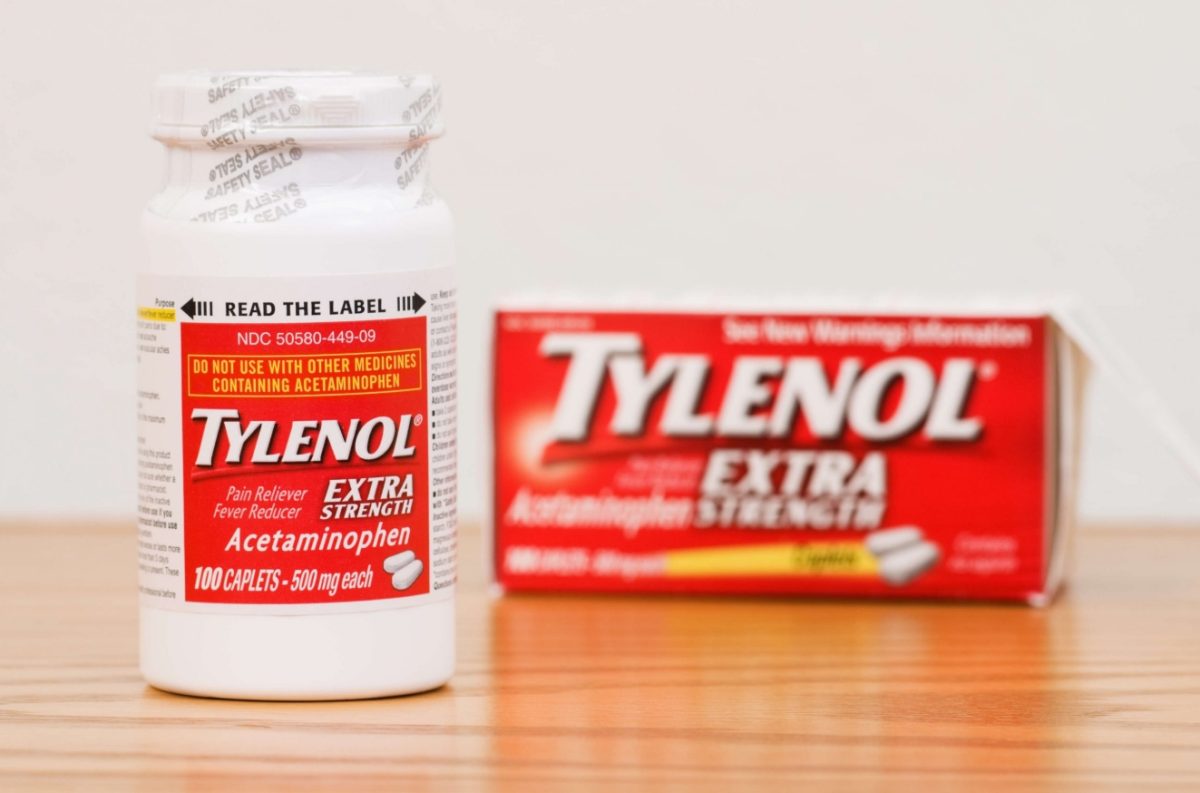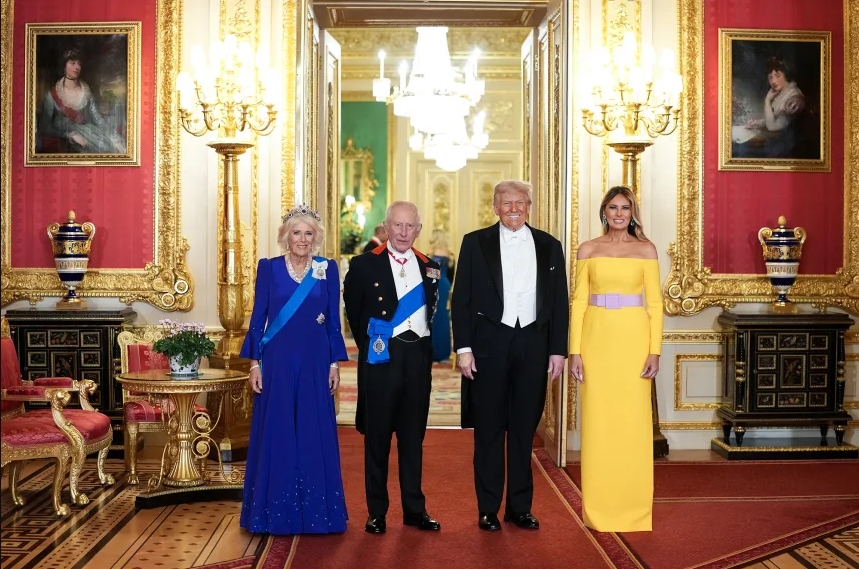Gannon University students in the criminal justice department’s Biological Evidence class are trying their hand at blood splatter analysis.
While it may look like something from the set of “Dexter,” the lecture and lab are aimed at teaching students collection and handling methods of human evidence like body fluids and courtroom procedure, among other things.
Chris Johns, the class instructor, has also worked in a crime lab for the past 15 years. Johns has a master’s degree in Administration of Justice from Mercyhurst University.
The class is open to all interested students, as long as they fill the required criminal justice prerequisites. Johns said the class is mostly made up of criminal justice majors, but there are some biology and chemistry majors taking it too.
Ashley Kruise, a senior biology and criminal justice major, said she is taking the class because she wants to become a serologist, a field of forensics that focuses on the study of body fluids.
“I believe this class will help in my future career immensely, especially pertaining to the different testing methods and testifying in the courtroom setting,” Kruise said.
Jen Hepler, a junior criminal justice major, said she finds the class beneficial because it explains the science behind some of the evidence collected at crime scenes.
“I like learning about the different spatter patterns and recreating them during lab,” Hepler said.
Johns said students learn how to collect evidence like hair and blood from a crime scene as well as test it using blood stain spatter analysis and DNA analysis. They learn how to tell the difference between human hair and animal hair under the microscope and simulate blood stain spatter analysis using fake blood.
“It’s important to know how to handle evidence because improper handling or storage of evidence could be imperative to the case itself,” Johns said.
When stored correctly, investigators can use DNA evidence pretty much indefinitely for a number of years.Incorrect storage leads to bacterial growth and degradation of the sample, Johns said.
The lab portion of the class is more applicable to students looking for careers in forensics or labs, but the class also devotes a unit to a mock trial where Johns has students create a case study on a fictional crime.
“For anybody getting a job in law enforcement, it would be a good idea to have an understanding of proper testimony techniques,” Johns said.
Kruise said she would recommend this class because the topic is applicable to many professions besides police officers.
“And the hands-on activities are a fun way to learn,” Kruise said.
The mock trial assignment asks students to come up with a scenario with specific criminal offenses and certain items of evidence. Johns said the evidence must include one hair, for example.
Crime scene evidence samples and trials are more connected than one might expect. Although the physical sample may not be presented in court, some attorneys use pictures of the evidence and it’s integral in proving someone guilty.
Kruise said her mock case was pretty simple for the most part.
“I tried using different evidence, though, to make it interesting, which was a little difficult,” Kruise said.
KELSEY GHERING








